AO Edited
Loretto Chapel
Wedding chapel's mysterious spiral staircase said to be miraculously constructed.
The story goes something like this: Our Lady of Light Chapel was built for the Sisters of Loretto in Santa Fe, New Mexico, beginning in 1872, but the Bishop in charge died of pneumonia in 1888, before he could finish it.
One of the most important elements left unfinished in the Gothic chapel was a way for the sisters to get to the choir loft from the chapel. While they could use a ladder to access the loft, they felt this was both inappropriate and dangerous due to their robes. A conventional staircase would have taken too much space and marred the aesthetics of the space. With no other recourse, the sisters did what they do best - they prayed.
They prayed for nine straight days - to St. Joseph, patron saint of carpenters - for a solution to emerge. Lo and behold, a mysterious shabby-looking stranger appeared, leading a donkey, who said he would build them a staircase. However, to do so, he needed total privacy and a few tubs of hot water. Using only very basic tools, he spent the next three months in the chapel building the magnificent spiral staircase, and when it was finished, promptly disappeared before being paid.
When the Sisters and others examined the stairs, they were shocked to see it was apparently holding itself up with no supports and was made of a non-native wood which they didn’t know how or where the stranger had acquired. To top it off, the staircase, which was made with no nails, had exactly 33 stairs. (In the bible, 33 was the age at which Jesus was crucified.) The staircase was, for the Sisters of Loretto, a miracle.
The staircase is indeed a mastery of woodworking. The twenty-foot-tall, tightly wound stairs make two full 360-degree revolutions, and indeed have no central support. And to make such a staircase using only wooden dowels is an astonishing work of craftsmanship.
But for all the stairs’ beauty, they have some problems which are usually left out of the story. Originally, the stairs had no outer railing, and the nuns, terrified of tripping, would crawl down them on hands and knees (presumably after everyone had left the service). A railing was added ten years later. (One has to wonder why someone would leave off an outside railing on a very tight spiral staircase meant to be used by nuns in flowing robes.)
While it is true that the stairs do not have a conventional straight central support, the tightly wound inner stringer (structure that supports the risers) functions as one. This twisted central support, however, has a downside: the stairs, built like a giant spring, also have a strong bounce to them and left people feeling shaken before a brace was added, with the outer railing.
Finally, there’s the matter of the mysterious wood that the carpenter used: spruce. The carpenter and architect of the staircase remains unknown, though the work has been attributed to German carpenter Johann Hadwiger, despite little evidence for his involvement.
The staircase has been closed for general use since the 1970s, officially because of fire codes, but more likely because the relatively fragile structure was suffering from overuse. Nonetheless, the chapel is a popular wedding destination, as a bride and groom can have a small, Las Vegas-style wedding there, with only a priest and two witnesses in attendance, or can pack the chapel with friends and relatives for a traditional wedding. For these events, the bride and groom may climb the first ten stairs of the staircase for photographs.
While it easy to dismiss supernatural claims about the staircase, the stairs are still a work of beauty and craftsmanship that deserve respect on their own merits. In 1998 the story of the staircase was turned into a CBS made-for-TV movie, The Staircase. How the producers turned the building of a spiral staircase into a two-hour drama remains a mystery.
Know Before You Go
The chapel is open from 9 am to 5 pm daily and there is a $5 entrance fee. Keep in mind that this is still an active chapel, so be respectful of those who come in for prayer and worship.



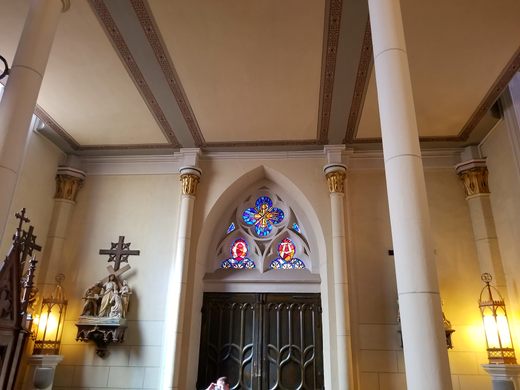
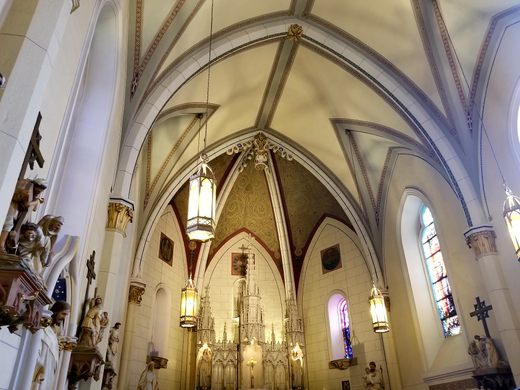
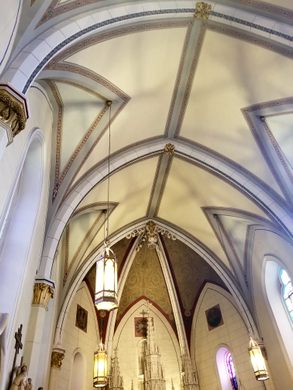
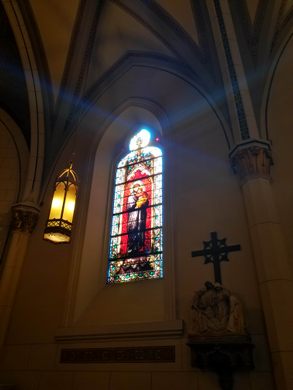
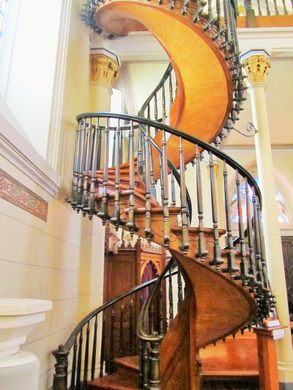

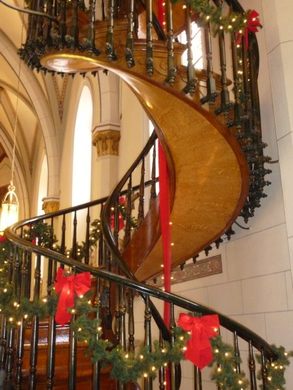


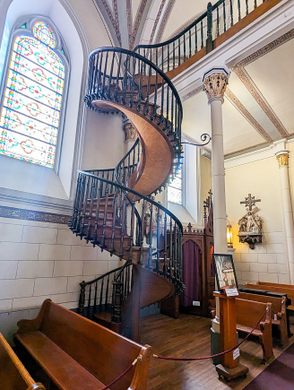

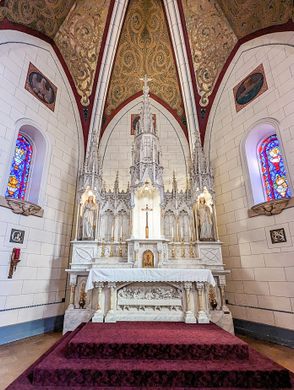



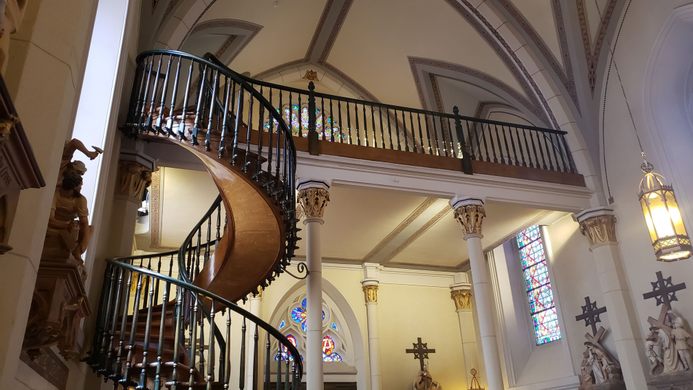
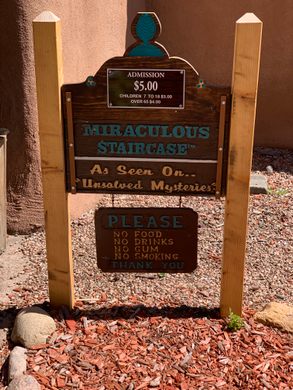



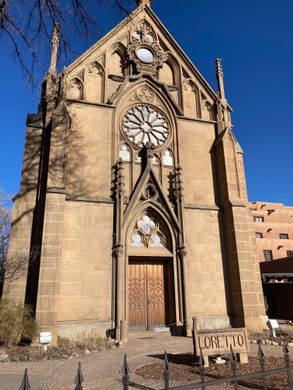




















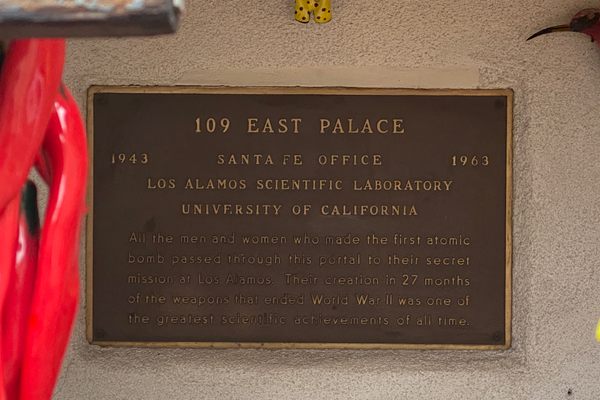
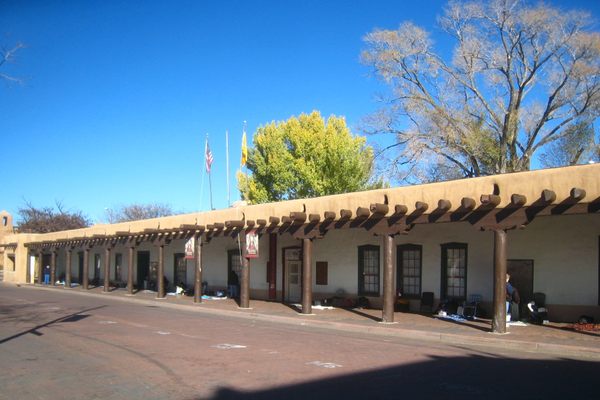


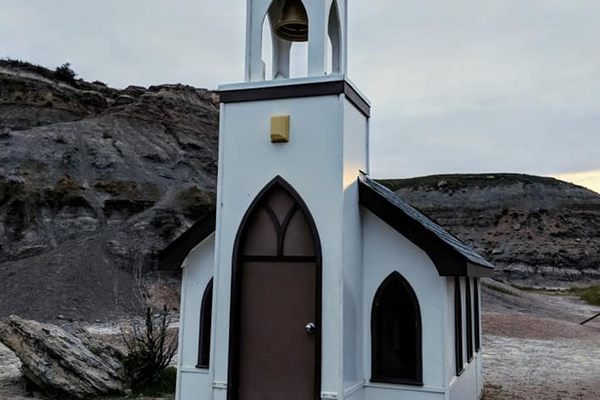

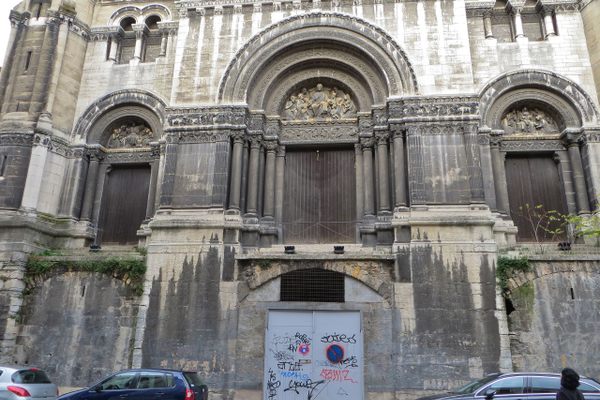



Follow us on Twitter to get the latest on the world's hidden wonders.
Like us on Facebook to get the latest on the world's hidden wonders.
Follow us on Twitter Like us on Facebook